| Home |
 |
||||||||
Levi Stahl, was Walter Logan Fry's Great-Grandfather on his mother's side. With his wife Mary and three small children, Levi moved from Pennsylvania to Ohio sometime in 1857. Mariah was 7 weeks old when they moved to Ohio; and her two sisters were one and two years of age. The trip is at least 150 miles on the shortest route today, and it is recorded that they completed it in five days. They therefore must have been able to cover 30 miles a day--a rigorous trip with three infant girls. In 1884, the year Bunker Hill House was erected, Elder Shutt was ordained to the full ministry and given charge of the congregation. Eli Hershberger was one of the congregants, and it would be well to assume that it was the same Eli Hershberger who married Levi Stahl's daughter, Sarah Rebecca Stahl. The church prospered under Michael H. Shutt, and grew steadily. In 1898, a new church was built about 1/2 mile northwest of Baltic, southeast of Charm, and about 13 miles from Bunker Hill. It is located on Township Road 175, also known as Dunker Road! The new church was surrounded by a grove of hickories, oaks and maples. There was a spring of cold water in the yard, and the seating capacity of the church was said to be about 800. In 1914, there were about 225 members. So far as can be told from aerial photography (the site has not yet been visitied), the church no longer stands, but there is a very large "Brethren Cemetery" on the site. It is interesting to note that Josiah Hostetler, who died in 1917 at age 82, was buried in Bunker Hill Cemetery. There is no record that the original Bunker Hill House was used for church purposes after 1898. Simplicty was the hallmark of the early Dunkard church, and Levi's church followed that pattern. Many of the country churches, like his, were single-room buildings. They were meeting houses, not churches of the "Yankee" type where a minister stood behind a pulpit (most of which were raised above the level of the congregation). In the second and third examples below, following Levi's church, we see a simple table or bench along the wall. These were churches where the members met together to read and discuss the Bible, and how to conduct their lives in Godly ways. They are quite different from the cathedrals and crystal palaces of today. Walter's son, Jim Fry, found the location of the church during a trip to Bunker Hill on February 7, 2012. It was in the NE corner of the intersection of State Routes 77 and 62 -- although it was no longer standing. Some time before, it had been converted into a storage garage, and was torn down just last year for road improvements. But a picture was preserved in Google Maps, and we can see something of what the church looked like. It is the first picture below. The church was a little worn when this picture was recorded -- but in better condition than one might expect following its conversion for secular purposes. And the entry porch was probably added later. The picture is obscured by foliage. There was either a single door, closely flanked by two windows (if that were the case, the glint of glass would be one of the windows to the right of the door, and a shadow in the place where the second window may have been); or two doors and no windows. Two doors, one for the men and another for the women, was a common feature of early Dunkard churches. (Another trip may be necessary to determine which is the case). There is, however, clearly a window in the gable, which more clearly appears in other views. While not shown so clearly in this picture, the roof is not a steep one, more closely resembling the pitch of the Mount Zion Church of New Philadelphia, Ohio. The Bunker Hill Cemetery is yet to be found. Click here, however, to see a list of the people interred there. Here is the church Levi Stahl built. |
||||||||
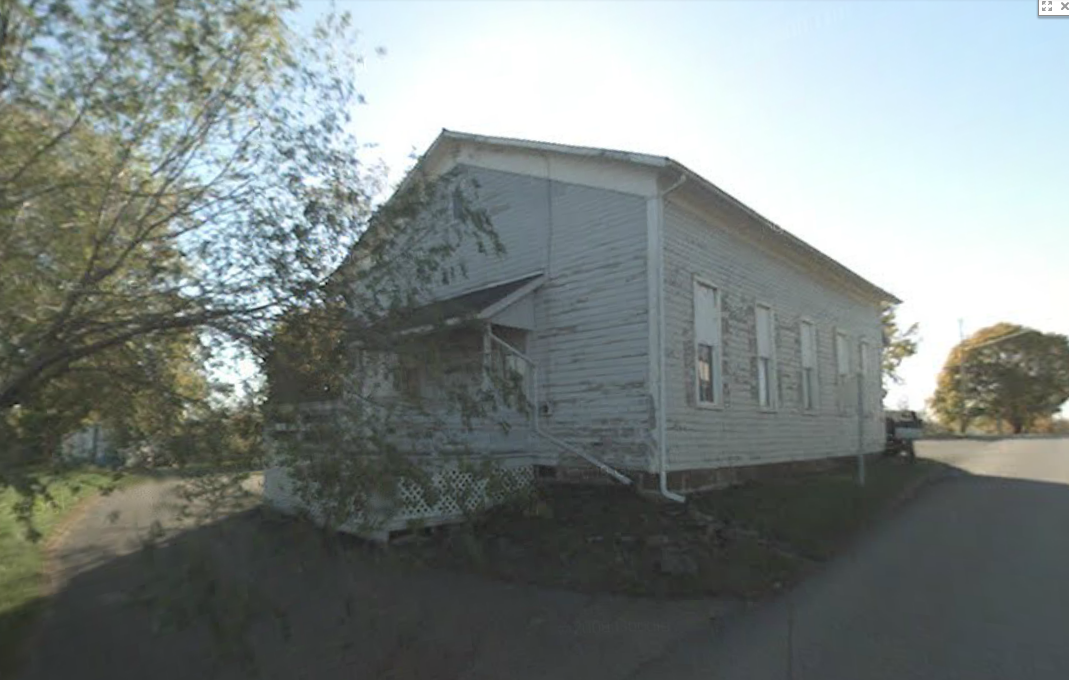 |
||||||||
Bunker Hill House, the original Dunkard Church of Bunker Hill, Ohio |
||||||||
Below are other examples of Dunkard churches, many from Northeast Ohio. The churches of Blooming Grove and Sharpsburg were placed first, however, since they included church interiors. They are not representative of many of the Dunkard Churches of Northeast Ohio. |
||||||||
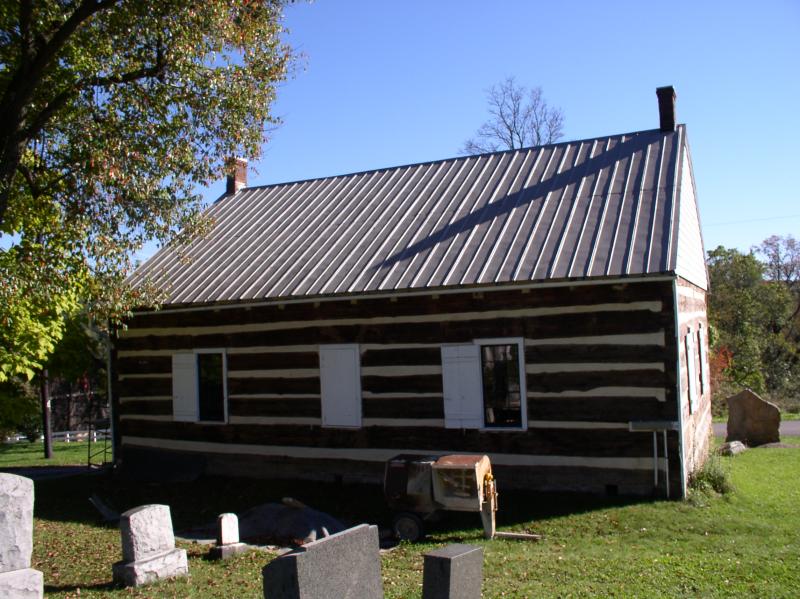 |
||||||||
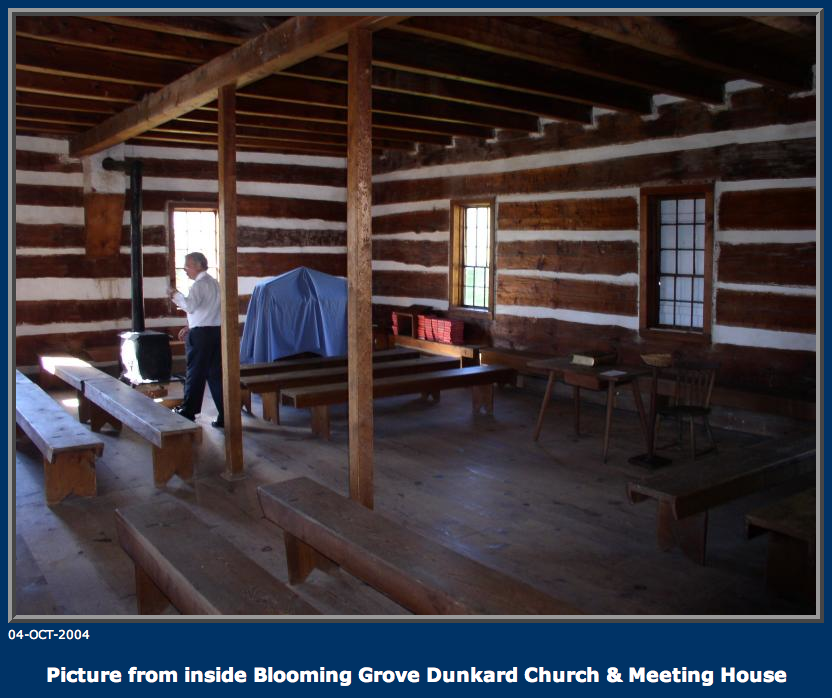 |
||||||||
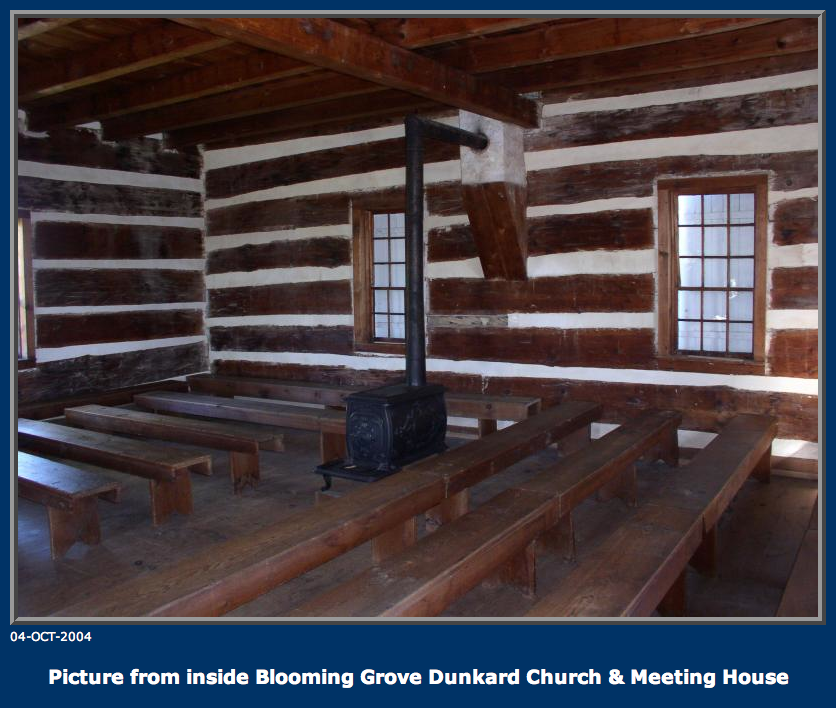 |
||||||||
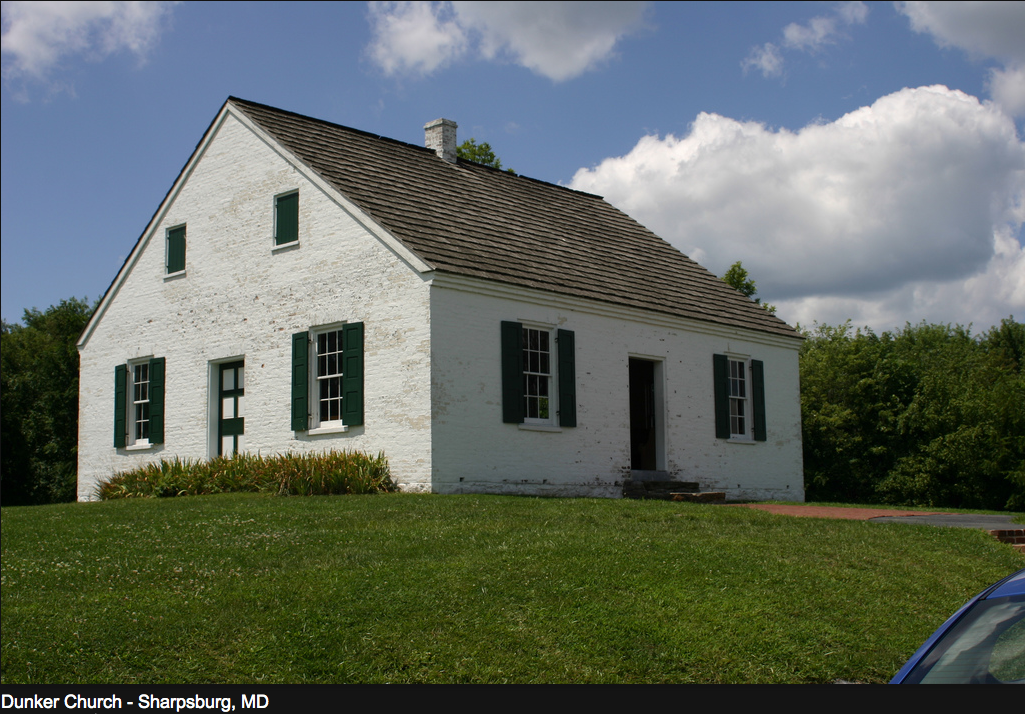 |
||||||||
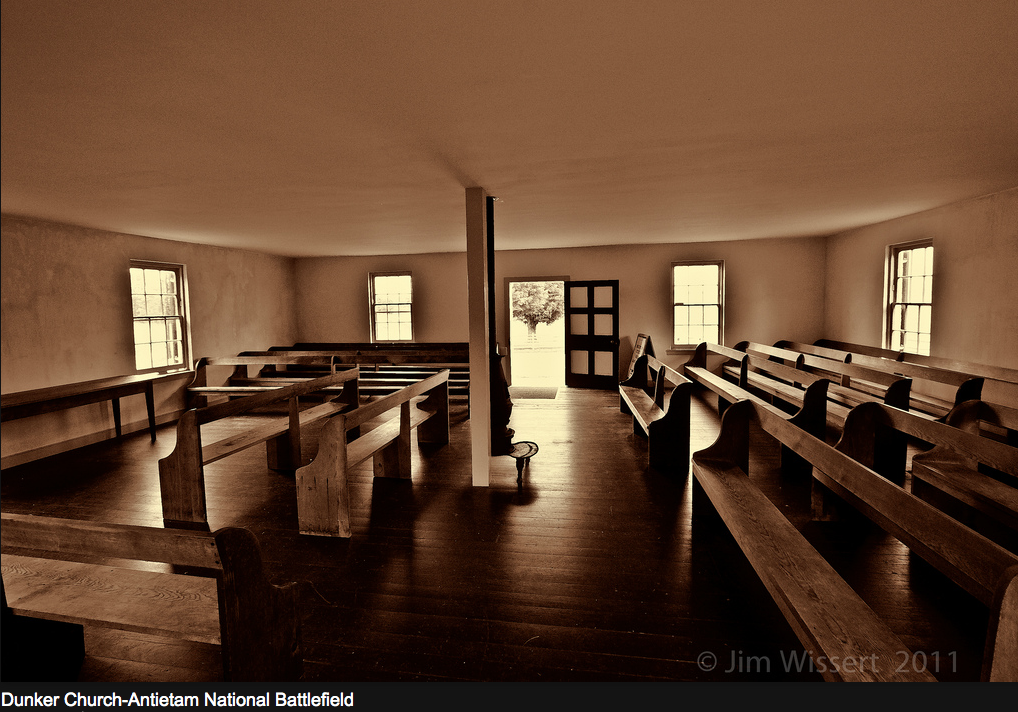 |
||||||||
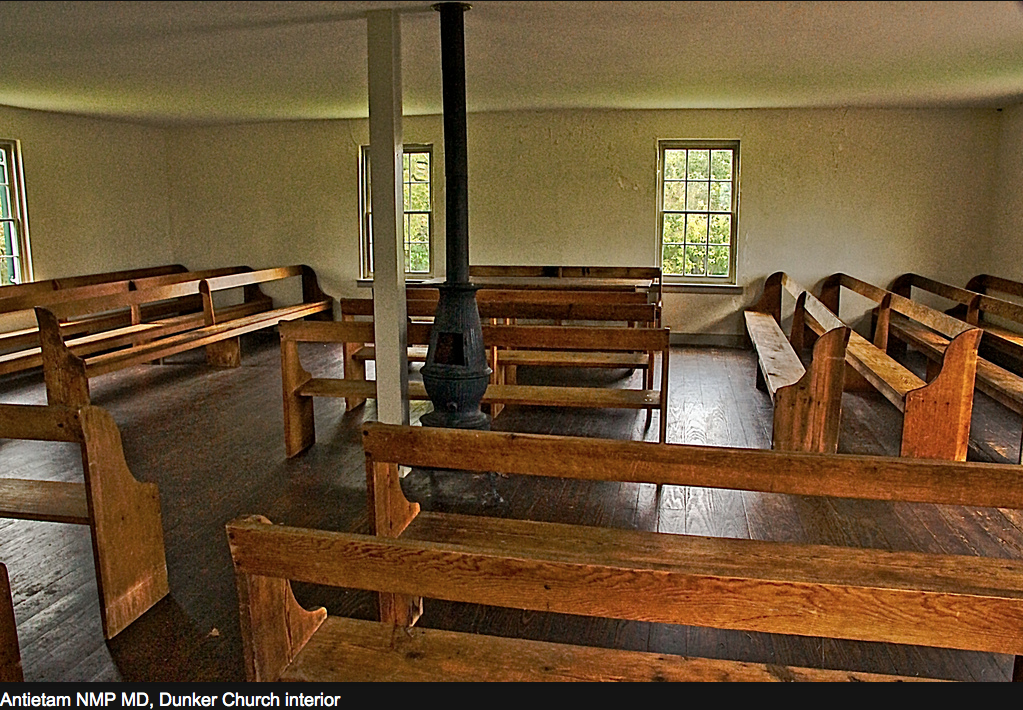 |
||||||||
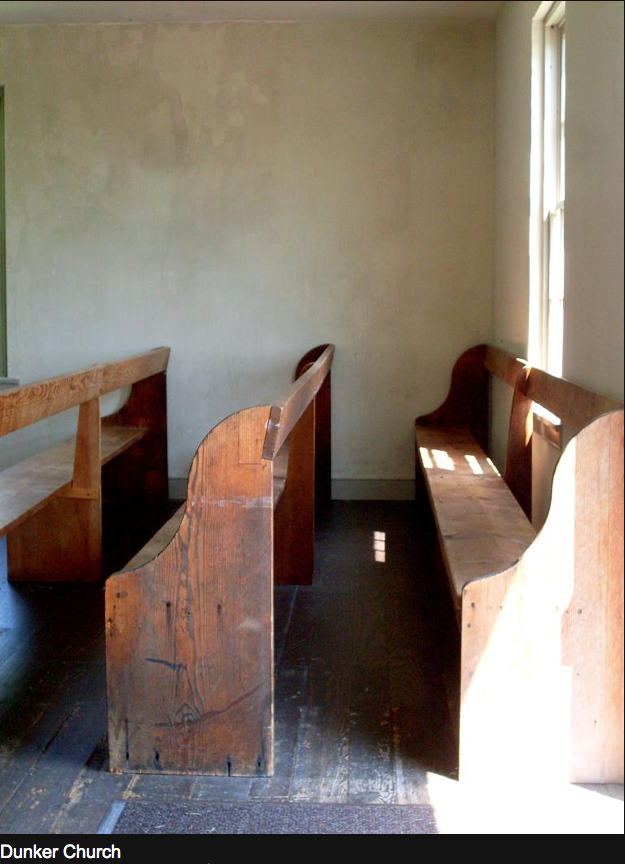 |
||||||||
|
||||||||
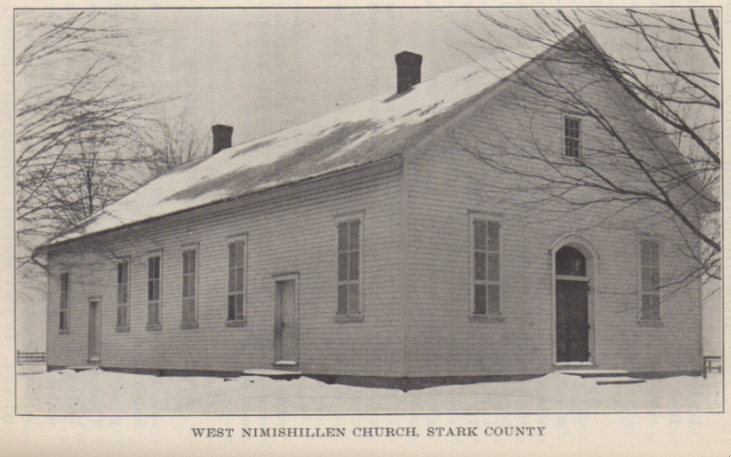 |
||||||||
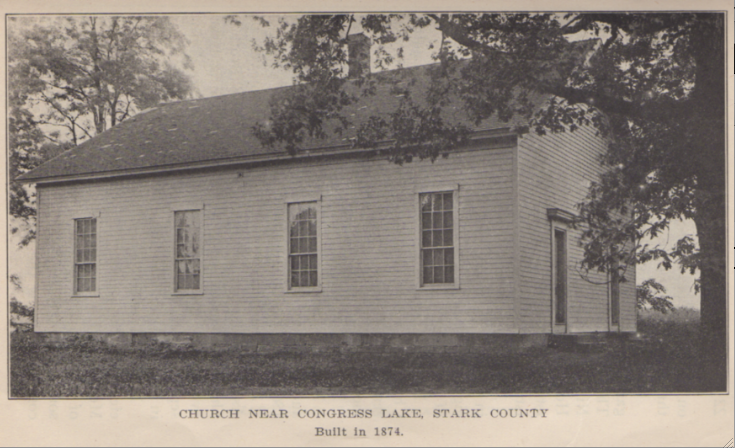 |
||||||||
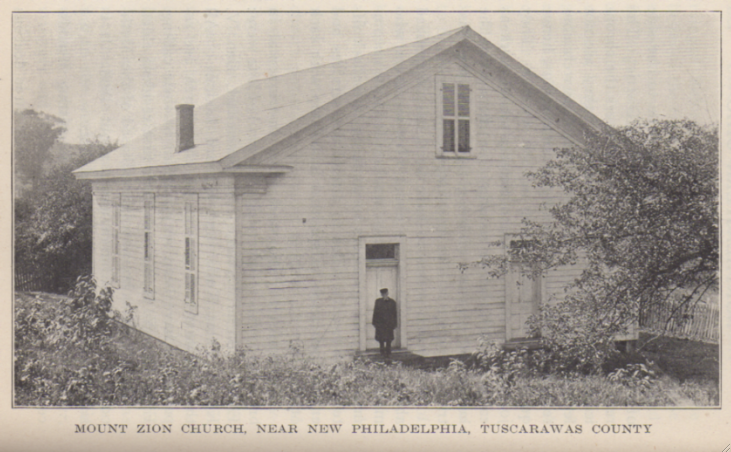 |
||||||||
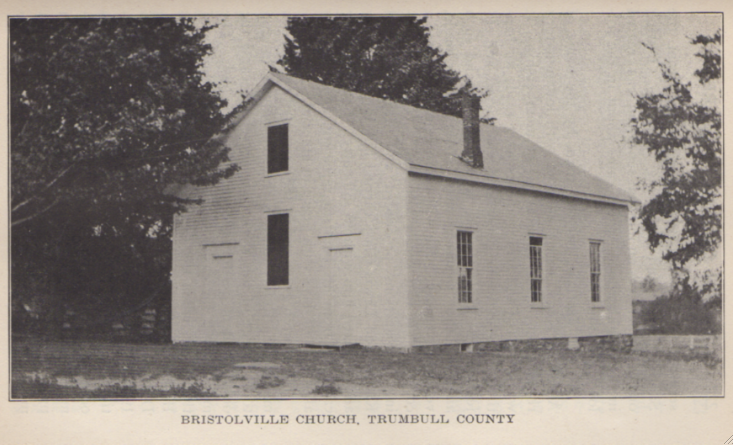 |
||||||||
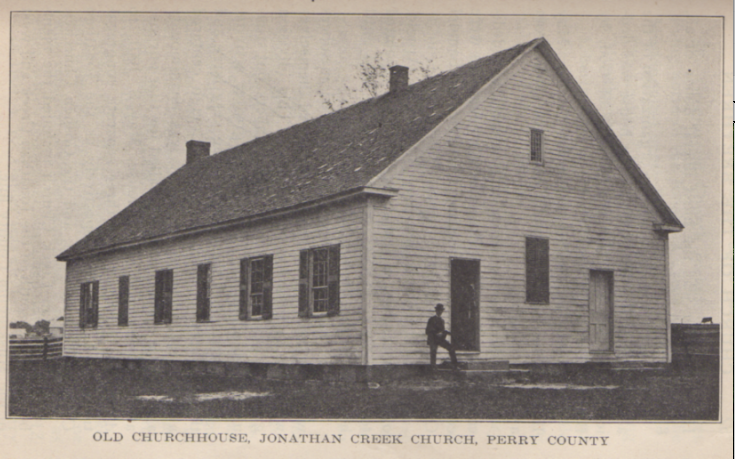 |
||||||||
|
||||||||
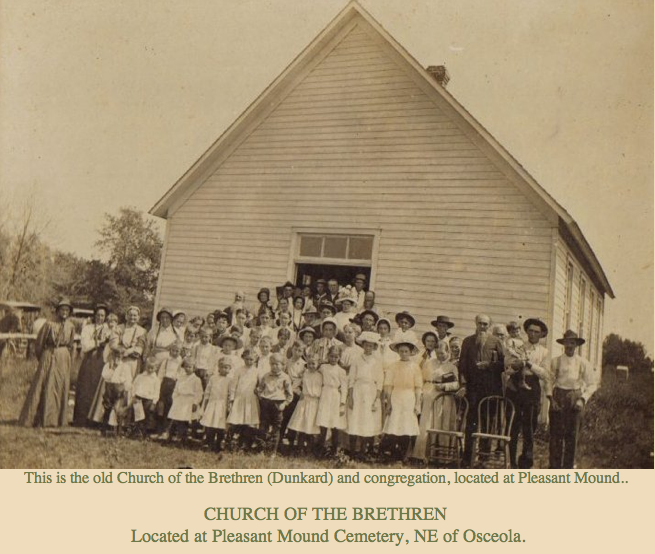 |
||||||||
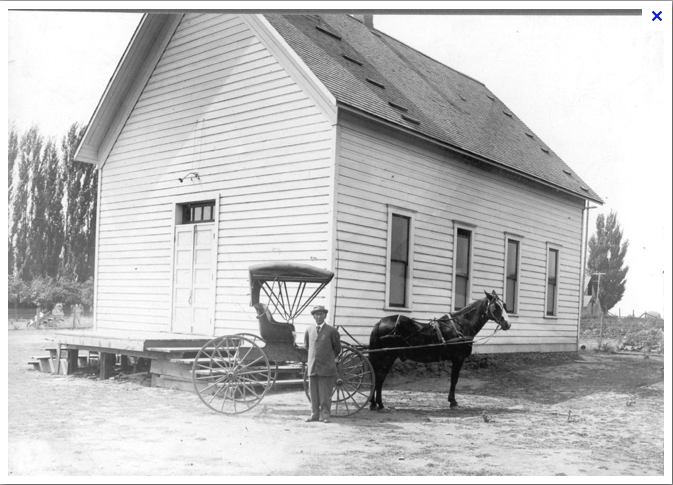 |
||||||||
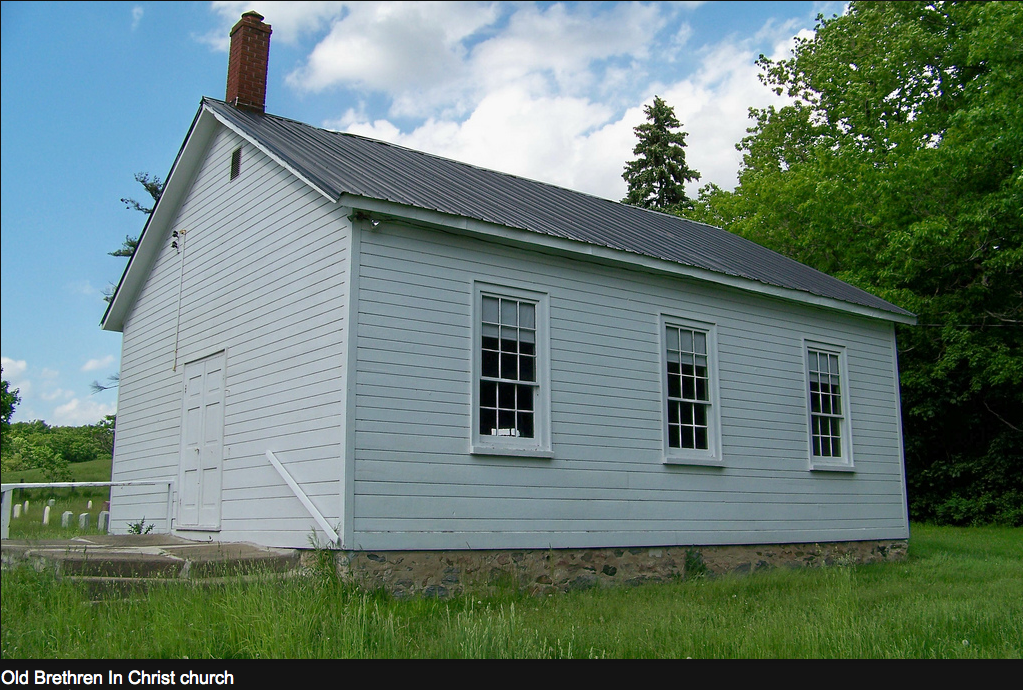 |
||||||||
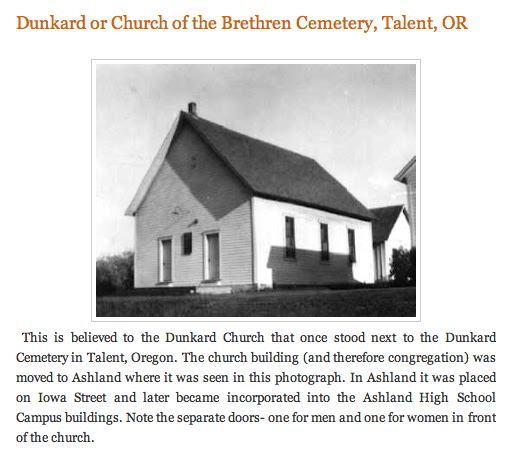 |
||||||||
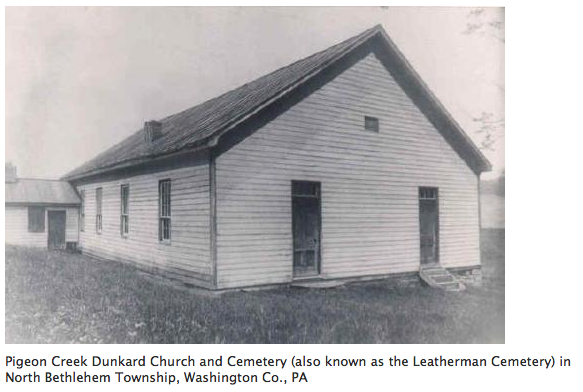 |
||||||||
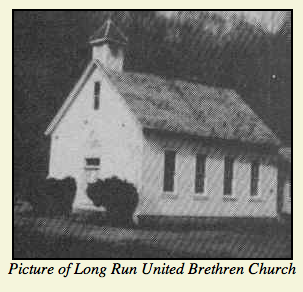 |
||||||||
|
||||||||
 |
||||||||
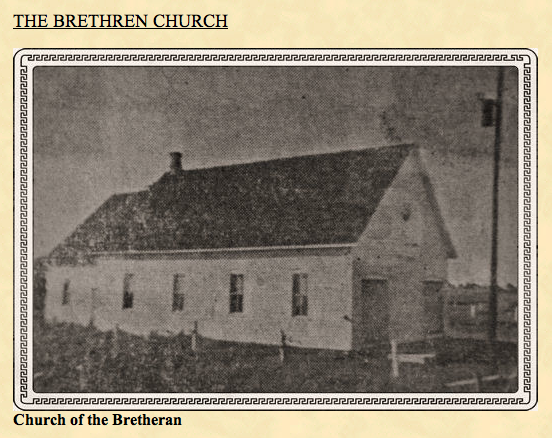 |
||||||||
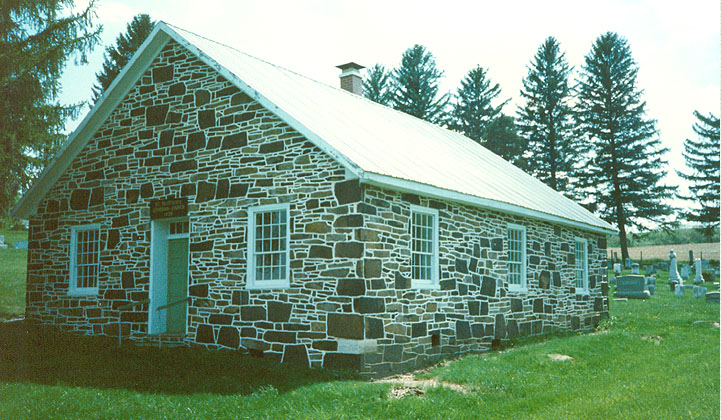 |
||||||||
This is the only dunkard church of the group built of stone, although the church in Shapsburg, MD is built of brick. An old jailhouse in Uniontown, OH resembles this church, at least in my memory. |
||||||||
 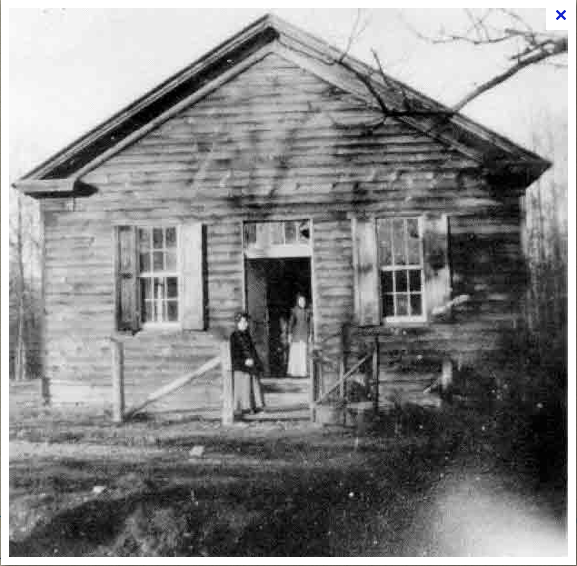 |
||||||||
|